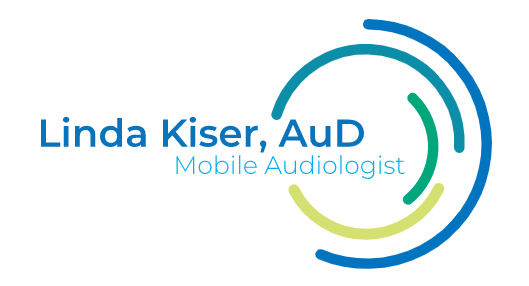Bluetooth-enabled Hearing Aids
Advancements in hearing aid technology are continuously being pursued to enhance their effectiveness and usefulness in people's lives. One such innovation is wireless connectivity, particularly through Bluetooth, enabling individuals to connect their hearing aids directly to various devices, resulting in improved sound quality from the source itself.
Bluetooth-enabled hearing aids can wirelessly connect to devices like televisions, cell phones, tablets, and FM systems through a wireless streaming accessory. Bluetooth technology functions similarly to wireless internet, utilizing an invisible electronic signal to transmit sounds.
Bluetooth compatibility is available in most hearing aid styles, including behind-the-ear (BTE), mini BTE, in-the-ear (ITE), and in-the-canal (ITC) styles. However, the specific range of Bluetooth-enabled products and accessories may vary among manufacturers.
Benefits of Bluetooth hearing aids
Drawbacks of Bluetooth hearing aids
During streaming to the hearing aid, the microphone inside the device may be turned off or reduced, depending on the hearing aid model and its settings determined by a hearing specialist. While this feature may have its benefits, it can limit the amplification of environmental sounds if desired.
Setting up Bluetooth-compatible hearing aids with electronic devices requires some initial steps, which may necessitate assistance from a hearing healthcare professional or someone familiar with technology. A transmitter is utilized to convert the Bluetooth signal from the device or mobile phone into a wireless signal that the hearing aid can comprehend. Being out of range of the transmitter will result in the Bluetooth signal not reaching the hearing aids.
Bluetooth-compatible hearing aids and accessories do come at an additional cost and may not be worthwhile for individuals who do not regularly use cell phones, MP3 players, computers, or TVs.
If you're interested in Bluetooth-compatible hearing devices, consult your hearing specialist to explore all available options. Share the listening situations you encounter daily and the devices you use throughout the day. Request to see a hearing aid and, if required, a streaming device for a real-time demonstration. Discuss with your hearing specialist how Bluetooth-compatible hearing aids can enhance your daily interactions, making your experience with the world around you more enjoyable.

